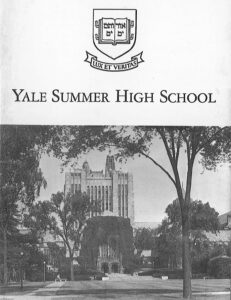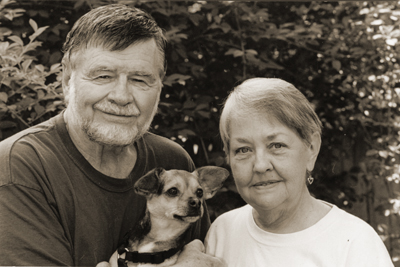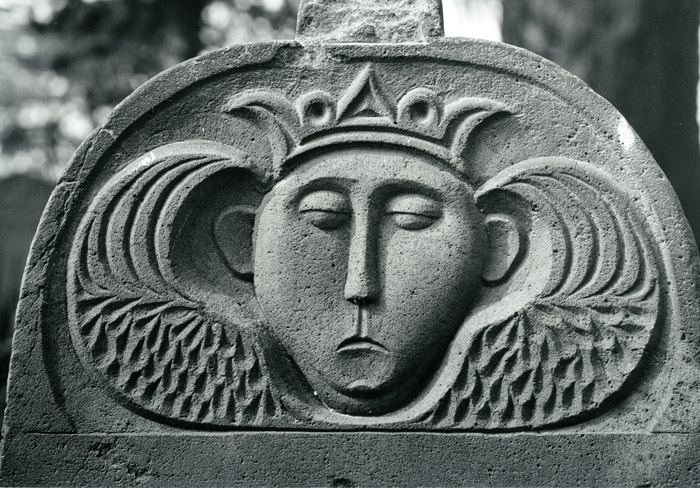Carol A. Perkins Collection
2001-2002
1 box 0.5 linear feet
Call no.: PH 033
Carol A. Perkins was born April 25, 1926 in Rochester, N.Y., where she attended Madison High School. Her father, Vernon Perkins, was a World War I Army Air Service photographer in France, and she became interested in photography through his photograph albums. She graduated from a correspondence program at the New York Institute of Photography and graduated from the Rochester Institute of Technology School of Art in 1950. After matriculating from the Rochester General Hospital School of Medical Photography, she was employed at the Toledo Hospital Institute of Medical Research for twenty-two years, and then by the Medical College of Ohio for eleven years. While searching through New England graveyards for her Perkins ancestors, she became interested in gravestone studies and became a member of the Association for Gravestone Studies.
The Carol Perkins Collection consists of 1.5 linear feet of material, primarily color photographs of grave markers in Connecticut, Indiana, Massachusetts, Michigan, New Hampshire, New York, Ohio, Rhode Island, and Vermont. Box 1 has two indices: one alphabetical by deceased’s surnames, and the other alphabetical by state, then town, then cemetery. Box 2 photographs include transcriptions of the deceased’s names, dates of birth/death, and inscriptions, and are organized by state, then town. The collection includes one folder of genealogical material and 20 black & white photographs of markers in England. Photographs taken at AGS conferences include some AGS members and were taken in the following years: 1980, 1981, 1982, 1987, 1988, 1990, 1991, 1992, 1993, 1995, 1996, 1997, and 2003.
Subjects
Sepulchral monuments--ConnecticutSepulchral monuments--IndianaSepulchral monuments--MassachusettsSepulchral monuments--MichiganSepulchral monuments--New HampshireSepulchral monuments--New YorkSepulchral monuments--OhioSepulchral monuments--VermontContributors
Association for Gravestone StudiesPerkins, Carol ATypes of material
Photographs


 View issues of
View issues of 

